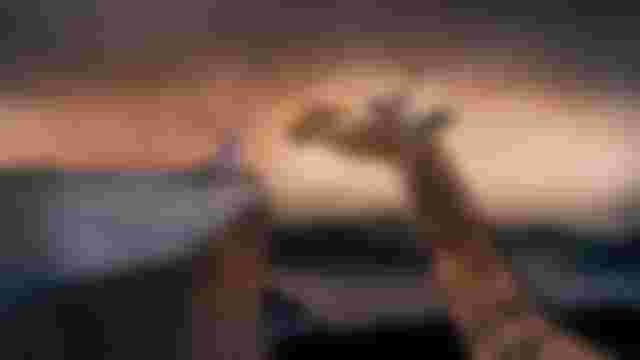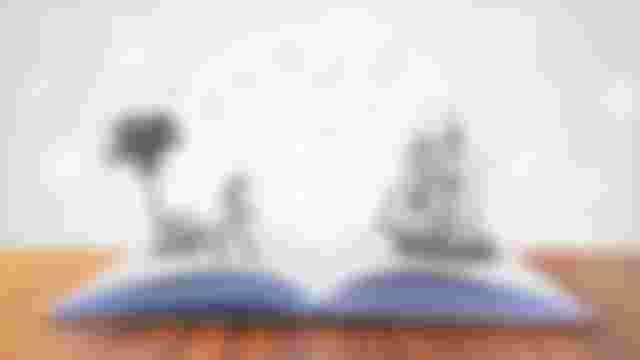
This time I will talk about description. To describe is to explain how people, animals, things or some places are, highlighting the most important features, it is like painting with words and remembering the image of a photograph. It serves above all to set the scene of the action and create one that makes the events being narrated more credible. Many times, they contribute to stop the action and set the stage for the events that follow. It is even said that through description we enumerate qualities and properties of the objects we intend to describe.
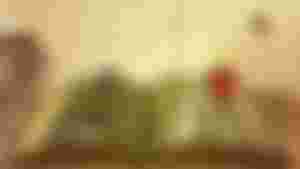
In this sense, we tend to think that within literature, regardless of the literary current to which the work under analysis belongs, the narrative is temporarily paused when the author describes, whether it is a place, a character or a situation. The time of the story is suspended to create an image through description. And while there are times when this rule is fulfilled, since the description has a merely ornamental and aesthetic purpose, there are also times when the description can have a logical sequence as in the narrative.
The descriptive elements that we can find are:
- The point of view where to describe something is not to exhaust all facets of the target in question. No one is omniscient, that is, we do not know everything, nor do we see everything. Everyone sees a piece of reality.
- We also find the previous observation, that is to get someone to see what we are describing, it is necessary that before, we have seen it well. Observation is the precondition for description. In addition, to make a reflection so that the description is complete, a physical observation is not enough, it is necessary to go further, to analyze and to value things.
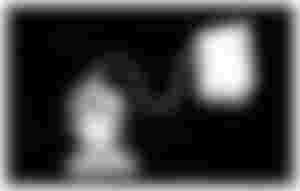
With all the above mentioned we have the essentials for a description. Now we only have to execute it. For this it is necessary to have a work plan, this is to order the materials in such a way that it is understood which is the essential idea and which is the secondary idea.
In the same vein, the description of an object is to know what its purpose is, it is convenient to ask: What is it for? Is it good or bad? For the description of an animal, we can highlight the features that most attract our attention, the size, the color, the fierce or inoffensive aspect. In the description of a person, the physical portrait is not enough. Also the features, their clothes and the way they move, must be significant, that is to say, an expression of the character or temperament of the person. It is of great importance to emphasize that if you want to show everything at the same time, the result is to see nothing. The reader should not feel overwhelmed when reading a description, so describing is not enumerating, describing is representing.
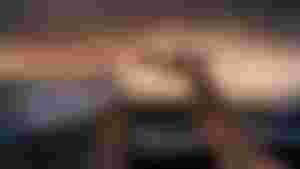
From this perspective, description is a discursive operation in which knowledge plays a relevant role, it is about knowing about words, things, feelings and the world in general; where it neutralizes falsehood and provokes an effect of truth. In relation to this, it is considered as the place of a rewriting, starting from what the author knows describes, and from the recreation-selection that the descriptors make from one writing to another. It is based on the explanation established by the characteristics, by means of the words that define and make known the most outstanding of the elements described. The term can offer generalized or detailed information, it all depends on the degree of detail of what is described. For that, it is necessary for the author to evaluate those aspects, whether it is its form, personality or functions.
To conclude, description is a discursive tool that provides details of the perception or knowledge that someone has about something or someone else. It is not necessary to provide a detailed explanation where all the characteristics are explained, but rather to explain the most relevant aspects of the information provided. It is about putting into words those ideas that people have in their minds or what comes to them, fundamentally, through the senses and they want to express it through language. Even if what you want to describe is an action, the description will be a world apart where you are not telling how it behaves, but how it is.
By means of description can you mentally place yourself in the place where the story takes place?
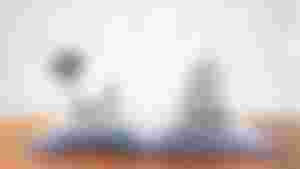
P.S.: I am taking a course on the creation of novels, and I decided to share with you through my publications, the knowledge I am acquiring. That way we can learn together.
Dear readers, your opinions are very valuable to me, I will be very attentive to your comments. Thank you for investing your valuable time reading my post, best regards.
Disclaimer: I would like to let you know that English is not my mother tongue, I may even make some mistakes in the elaboration of sentences in my posts. Feel free to correct me attentively. It will help me in my learning process.
Related articles:
Types of narrators in a story.
The different styles of dialogue in a story.
My comics on reflective themes:
What some long for, others do not desire.
Let us not judge people by their appearance without first getting to k...
No matter how hard we try to hide it, the truth always comes out. / La...
You can follow me on:
My Blogs:
Remember that you can sponsor my content and help me to move this Blog forward, as long as you appear in my Sponsors Banner!




